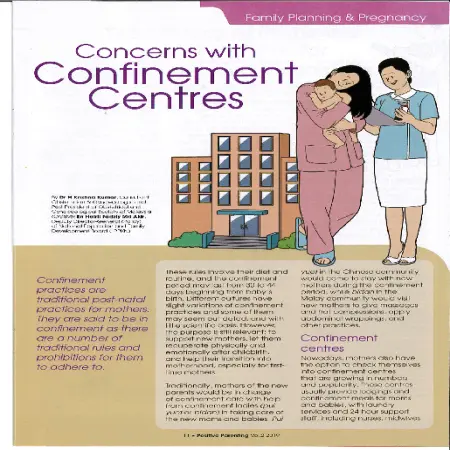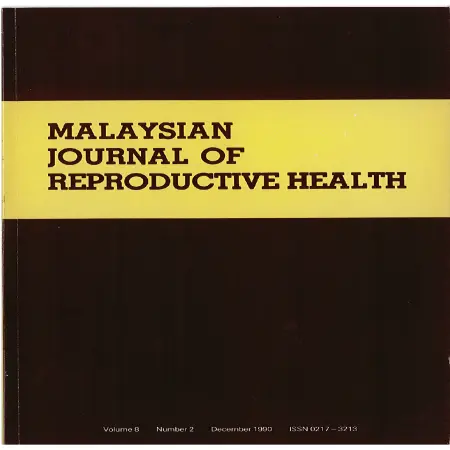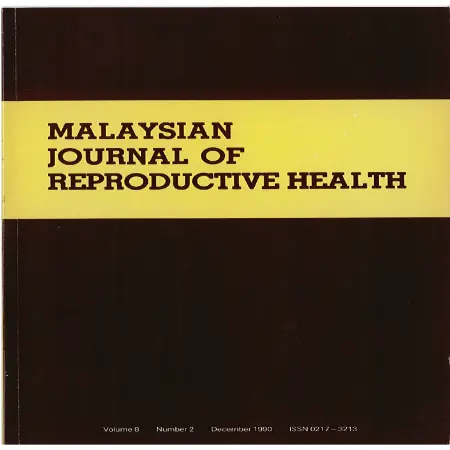Browse by Type
Results for Item type : "Article"
|
|
Communication activities between spouses during covid-19 pandemic
Item Type: Article
Editor:
Year: 00/12/2021
Abstract: Interpersonal communication is vital in every relationship. In this current situation of pandemic Covid 19, movement control orders (MCO) have been implemented by the government. Due to the MCO, people spend more time at home and the communication activities within the family might change as well. Thus, this research will conduct a qualitative method (in-depth interviews) to investigate the communication activities and the effects of those activities between spouses during the pandemic of Covid 19.
|
|
|
|
|
|
Cabaran penjaja kecil wanita dalam era pandemik covid- 19 di Perlis
Item Type: Article
Editor:
Year: 00/12/2021
Abstract: Conventional business norms are now drastically changing with the outbreak of the unprecedented covid-19 pandemic. Thus, this study examines the challenges of small hawkers in the era of the Covid-19 pandemic in Perlis. The study respondents consisted of 200 small women hawkers around small towns in Perlis.
|
|
|
|
|
|
Cabaran kesejahteraan suri rumah berpendidikan tinggi
Item Type: Article
Editor:
Year: 00/12/2021
Abstract: Highly educated women have crossed the mainstream by choosing housewife as a preferred career over a professional career. This step was taken as a solution to the problems of the household, a solution to the weakness of the childcare center and a preparation of children’s ability to meet the demands of a challenging world. This difficult decision was made as a struggle and investment of time to develop human capital as a national development asset. This conceptual paper uses library review techniques to understand and identify the challenges faced by highly educated housewives in developing well-being in life. Suggestions for developing the well-being of housewives are also discussed.
|
|
|
|
|
|
Correlates and consequences of delayed marriage in Malaysia
Item Type: Article
Editor:
Year: 01/10/2021
Abstract: This paper aims to examine the correlates of age at first marriage and the consequences of late marriage. Data for this paper were drawn from the 2014 Malaysian Population and Family Survey. Simple cross- tabulation and multiple classification analysis were used for the analysis. Age at marriage of women varied across socioeconomic groups.
|
|
|
|
|
|
Comparison of rural and urban contraceptive methods preferences among married women in Malaysia, 2018
Item Type: Article
Editor:
Year: 30/05/2021
Abstract: Contraceptive use among women remains an important public health intervention. Imperatively, the equality of family planning access between rural and urban areas allows all women to have the same opportunities to receive family planning service towards better well-being of families.
|
|
|
|
|
|
Coagulation profile in women on low-dose oral contraceptive pills
Item Type: Article
Editor:
Year: 00/12/1990
Abstract: A cross-sectional study looking at the coagulation system was carried out involving 175 women attending the National Population and Family Development Board's Clinic at the Maternity Clinic, General Hospital, Kuala Lumpur. Study subjects comprise of 50 combined low-dose estrogen/progesterone oral contraceptive (OC) pill users and 75 non-OC users, acting as controls. The subjects were on the pill for a period of one year or more. There were significant shortening of the prothrombin time (PT) and partial thromboplastin time (PTT) in the OC group as compared to the control group. However, the activities of factors II, V and VII assayed were not significantly different between the two groups, suggesting that the changes in the PT and PTT were not significant clinically. The effect of long term usage of combined low-dose OC pills does not seem to indicate changes in the coagulation profile of the women in our study.
|
|
|
|
|
|
Comparative study on the acceptance and use of contraceptive methods in a rural population in Kelantan
Item Type: Article
Editor:
Year: 00/12/1990
Abstract: The generally poor health indices for Kelantan and the strong cultural beliefs with reference to contraception dictated the need for this study. 350 women from neighbouring estates were studied via questionaires. It was found that only 44.85% use some form of contraception and 18.4% of these resorted to traditional methods. There was some relationship between race and choice of contraception. Education did play a role in encouraging contraception. Despite the low acceptance of contraception, spacing of children did exist-probably due to breastfeeding that's widely practised.
|
|
|
|
|
|
Clinical evaluation of Buserelin, a GnRH analogue in the management of moderate to severe pelvic endometriosis
Item Type: Article
Editor:
Year: 00/12/1990
Abstract: A local study, a part of a multinasional and multicenter study on the efficacy and safety of Buserelin was carried out for the treatment of pelvic endometriosis using a standard protocol. 20 women diagnosed to have moderate to severe endometriosis by laparoscopy were recruited. The women were given 900 micrograms Buserelin acetate daily by intranasal spray for a fixed period of 6 months. Baseline hormonal and biochemical parameters were taken prior to treatment and the parameters were repeated during each follow-up at weekly and monthly intervals. In addition, changes in symptoms were monitored. A second look laparoscopy was performed at completion of therapy and patients were followed up for a further 6 months. There was 100 percent suppression of oestradiol levels during the 6 months treatment period. An improvement of implants according to AFS classification occured in all patients. One patient discontinued because of side effects. Restoration of cycles after completion of therapy occured within 7 weeks. There were 7 pregnancies (64%) in the first 6 months after treatment for those wanting pregnancies. During therapy, dysmenorrhoea, pelvic pain and dyspareunia improved considerably. Buserelin was proven to be effective in the management of pelvic endometriosis and is well tolerated and safe.
|
|
|
|













